
Traditional Masks
Sri Lanka has inherited and been influenced by these traditions of mask making and devil dancing mainly from the cities of Kerala and Malabar in India while Sri Lankan artisans have managed to incorporate more decorative techniques and colour in the masks that are manufactured today.

Traditional Masks
Sri Lanka has inherited and been influenced by these traditions of mask making and devil dancing mainly from the cities of Kerala and Malabar in India while Sri Lankan artisans have managed to incorporate more decorative techniques and colour in the masks that are manufactured today.

Traditional Masks
Sri Lanka has inherited and been influenced by these traditions of mask making and devil dancing mainly from the cities of Kerala and Malabar in India while Sri Lankan artisans have managed to incorporate more decorative techniques and colour in the masks that are manufactured today.
Sanni Masks
The sanni masks are mainly used in healing ceremonies and worn by an edura (a sort of Sri Lankan artist/exorcist). Apparently, there are eighteen different Sanni masks, each specializing in curing specific illnesses.
Sanni yakuma, sometimes known as Daha ata sanniya (දහ අට සන්නිය), is a traditional Sinhalese exorcism ritual. The ritual consists of 18 masked dances, each depicting a particular illness or ailment affecting humans. These 18 dances (දහ අට සන්නිය) are the main dances of the Pahatharata, or low country, dancing form, which is one of the three main dancing forms of Sri Lanka.The ritual calls the demons who are thought to affect the patient, who are then told not to trouble humans and banished.
It was believed that illnesses were brought on humans by demons and these beliefs and rituals could have prehistoric roots. According to folklore, the 18 demons who are depicted in the Sanni Yakuma originated during the time of the Buddha. The story goes that the king of Licchavis of Vaishali suspected his queen of committing adultery and had her killed. However, she gave birth when she was executed and her child became the Kola Sanniya, who grew up "feeding on his mother's corpse". The Kola Sanni demon destroyed the city, seeking vengeance on his father, the king. He created eighteen lumps of poison and charmed them, thereby turning them into demons who assisted him in his destruction of the city. They killed the king, and continued to wreak havoc in the city, "killing and eating thousands" daily, until finally being tamed by the Buddha and agreed to stop harming humans.
Each of these demons are believed to affect humans in the form of an illnesses, and the Sanni Yakuma ritual summons these demons and banishes them back to the demon world after bringing them under control. Although it is unclear when the ritual began, it has been performed in the southern and western parts of the country since ancient times.
The name of the ritual comes from the Sinhala word sanniya meaning disease or ailment, and yakuma meaning demon ritual. In Sri Lankan culture, exorcism rituals are known as tovil. The Sanni Yakuma is possibly the best known exorcism ritual in the country. It is a mix of traditional beliefs regarding spirits with Buddhism. Before performing the healing ritual, the lead performer known as the yakadura determines whether the patient is affected by a demon, and schedules the ritual for an auspicious day and time, usually from dusk to dawn. The Edura or Yakadura is the Shaman healer and is usually a fisherman, drummer or farmer. It has two main stages, namely the Ata Paliya and Daha Ata Sanniya. The dancers are dressed in colourful attire and masks, and perform swift and complex dance steps and spins accompanied by rhythmical drum beats. Rather comic and somewhat obscene dialogues take place between the drummer and the demon on stage, in which the demon is humiliated.
Resouces- Sri Lankan sanni masks: an ancient classification of disease by Mark S Bailey, H Janaka de Silva
- Traditional Masks of Sri Lanka - History, functions and present use by Danushi De Silva
-
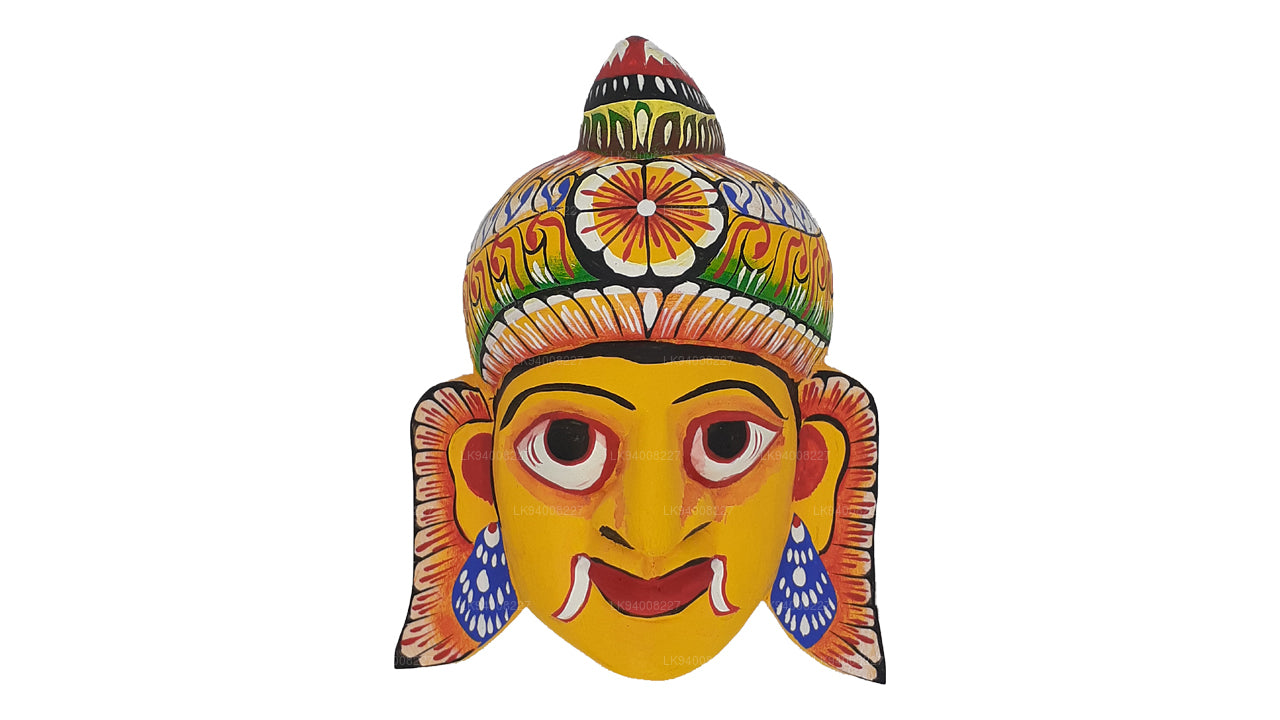 Deva Sanniya
Deva SanniyaCauses measles, mumps, small pox, typhoid fever and cholera.
-
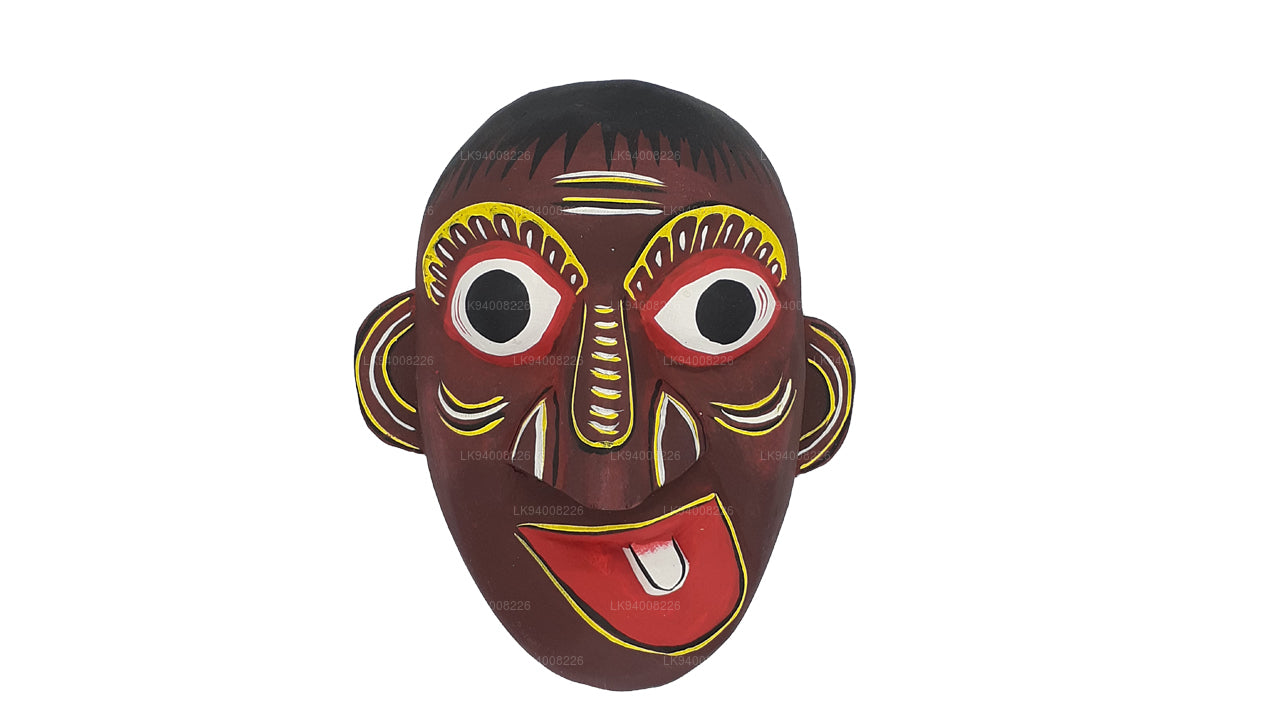 Vatha Sanniya
Vatha SanniyaCauses diseases caused by air in the body, also paralyses.
-
 Ginijala Sanniya
Ginijala SanniyaCauses heat similar to fire in the body and burning sensation.
-
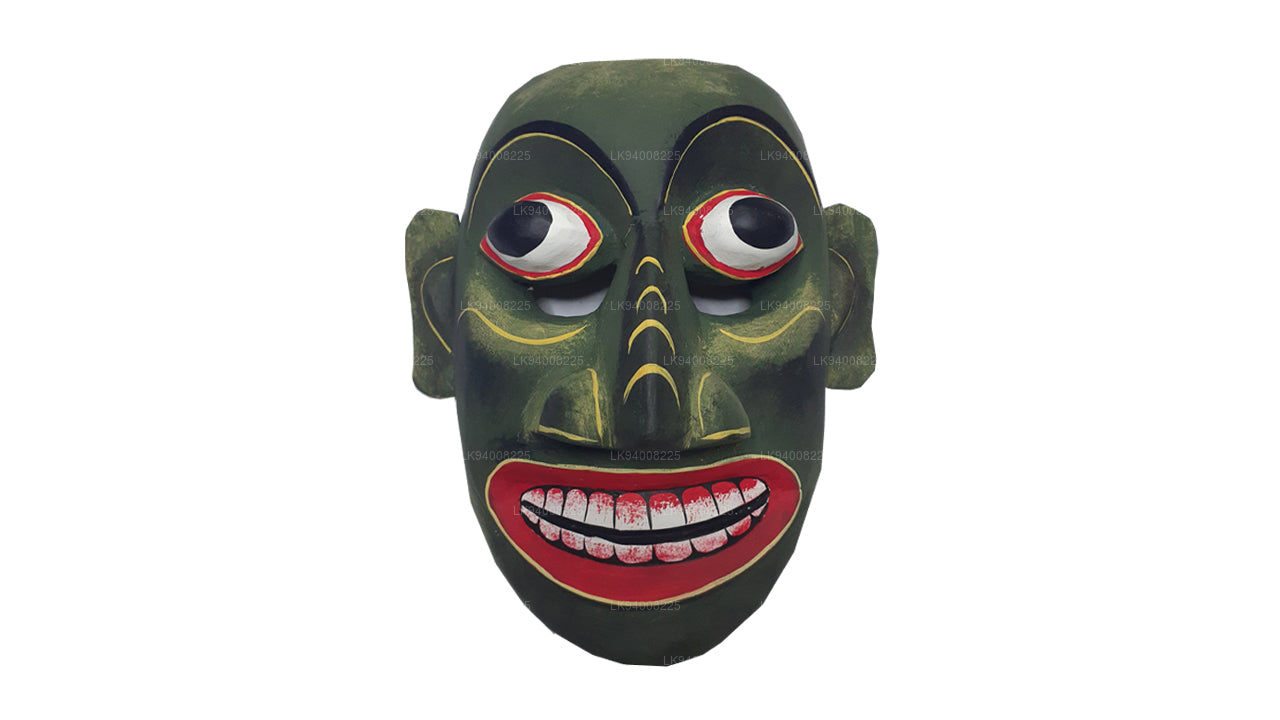 Pith Sanniya
Pith SanniyaCauses diseases of the bile.
-
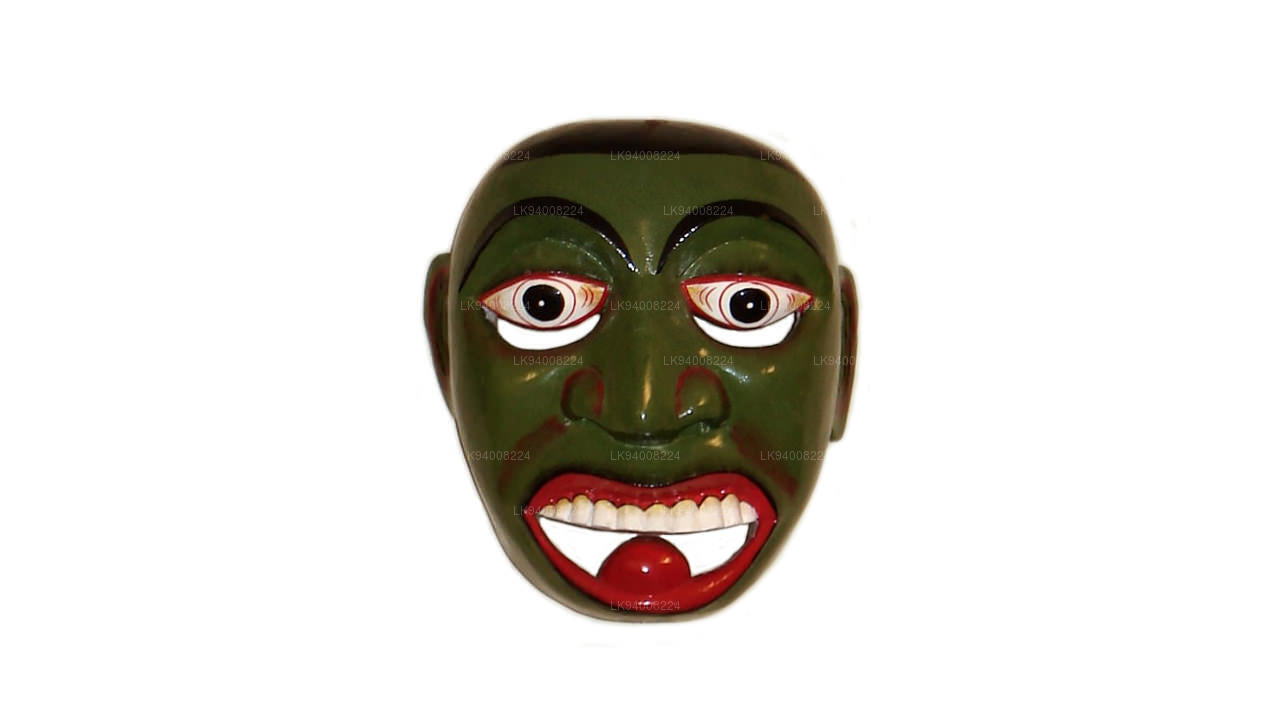 Amukku Sanniya
Amukku SanniyaCauses stomach pain vomiting.
-
 Abhutha Sanniya
Abhutha SanniyaBecoming unconscious or fainting
-
 Naga Sanniya
Naga SanniyaThe vision of the demon causes poison like cobra poison in the body blister, swellings.
-
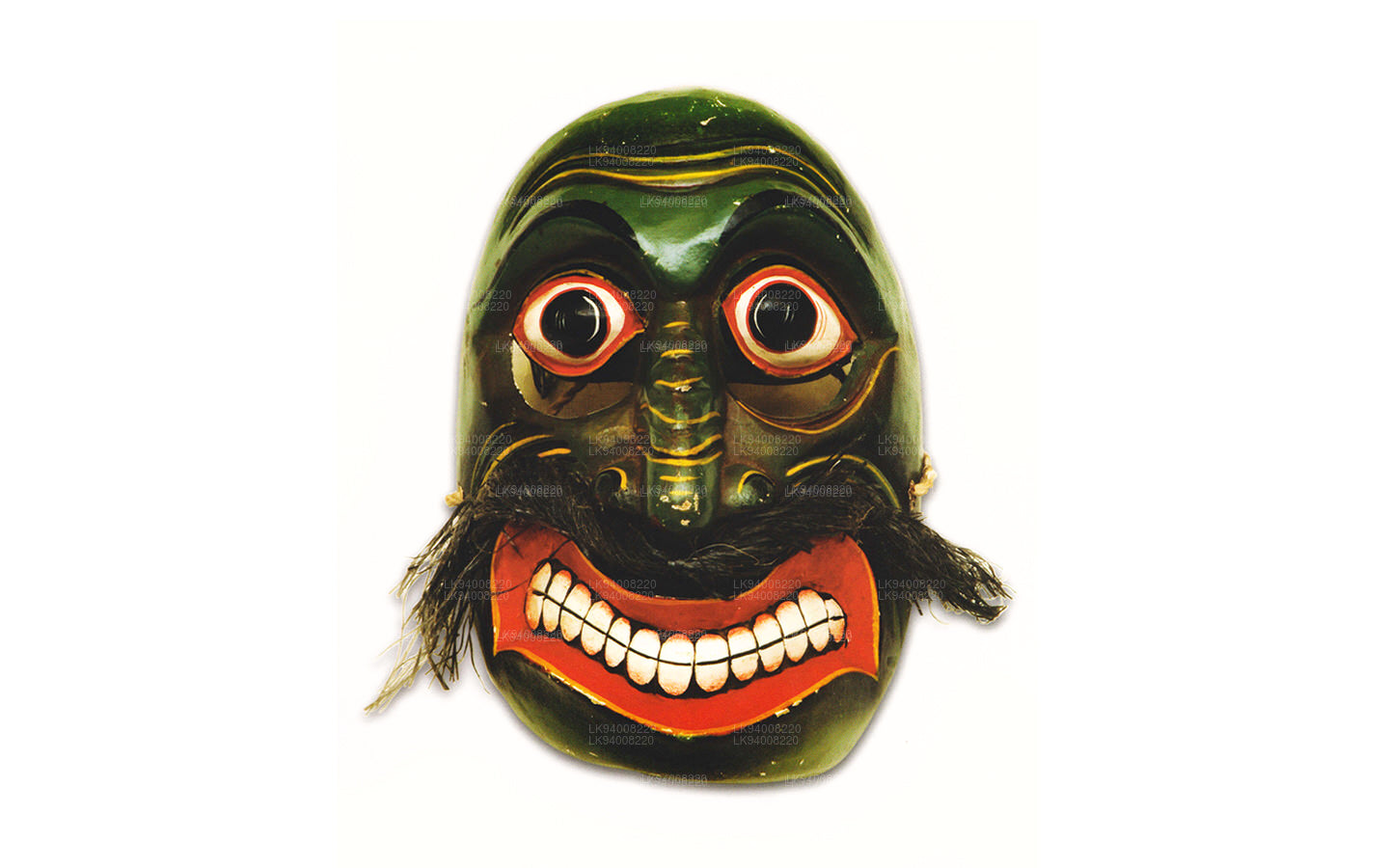 Murthu Sanniya
Murthu SanniyaCauses absentmindedness: sweating, burning sensations and such like symptoms of illness.
-
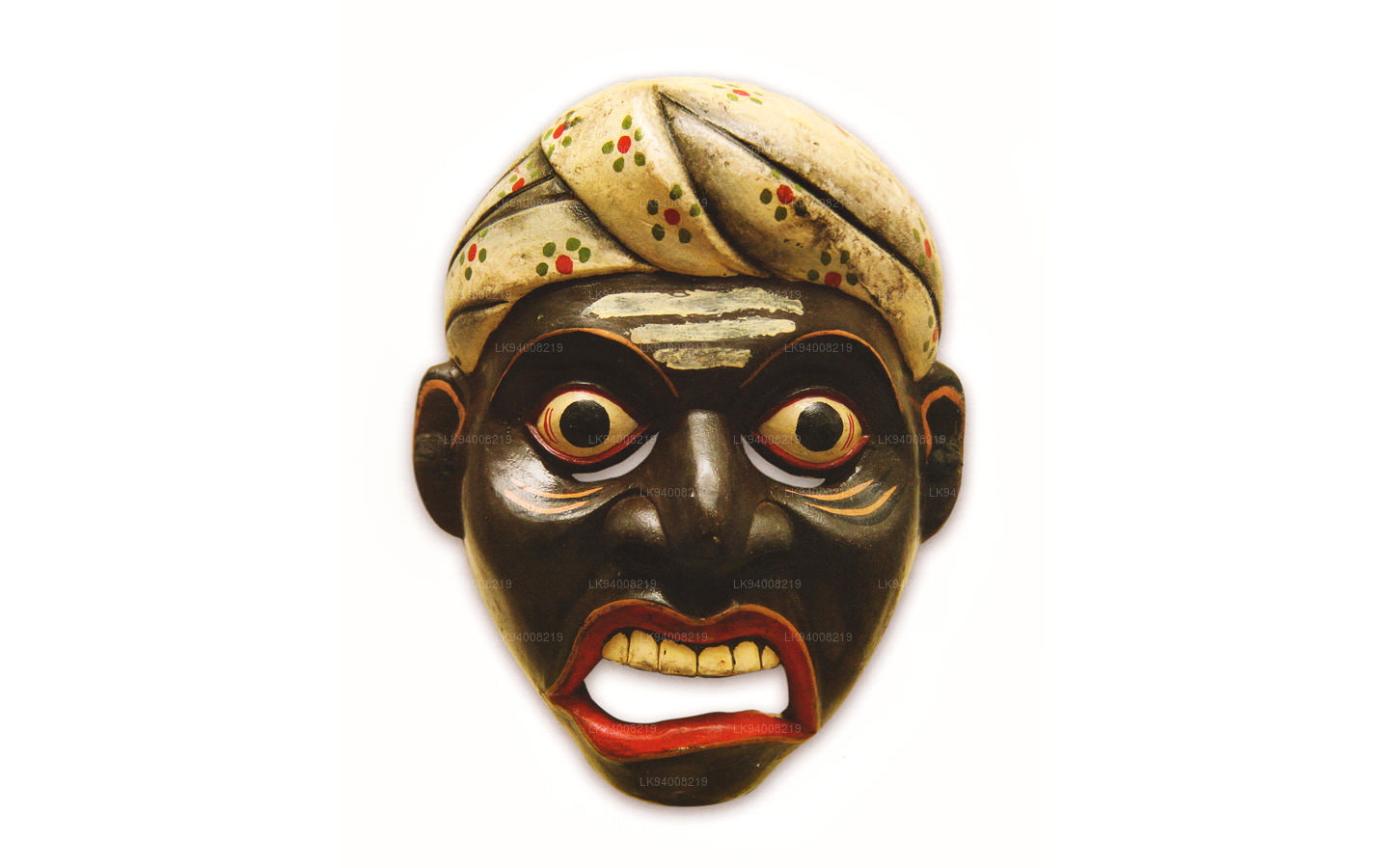 Demala Sanniya
Demala SanniyaCauses talking nonsense, and mispronouncing Tamil words when speaking.
-
 Kora Sanniya
Kora SanniyaCauses lame limbs, swollen joints.
-
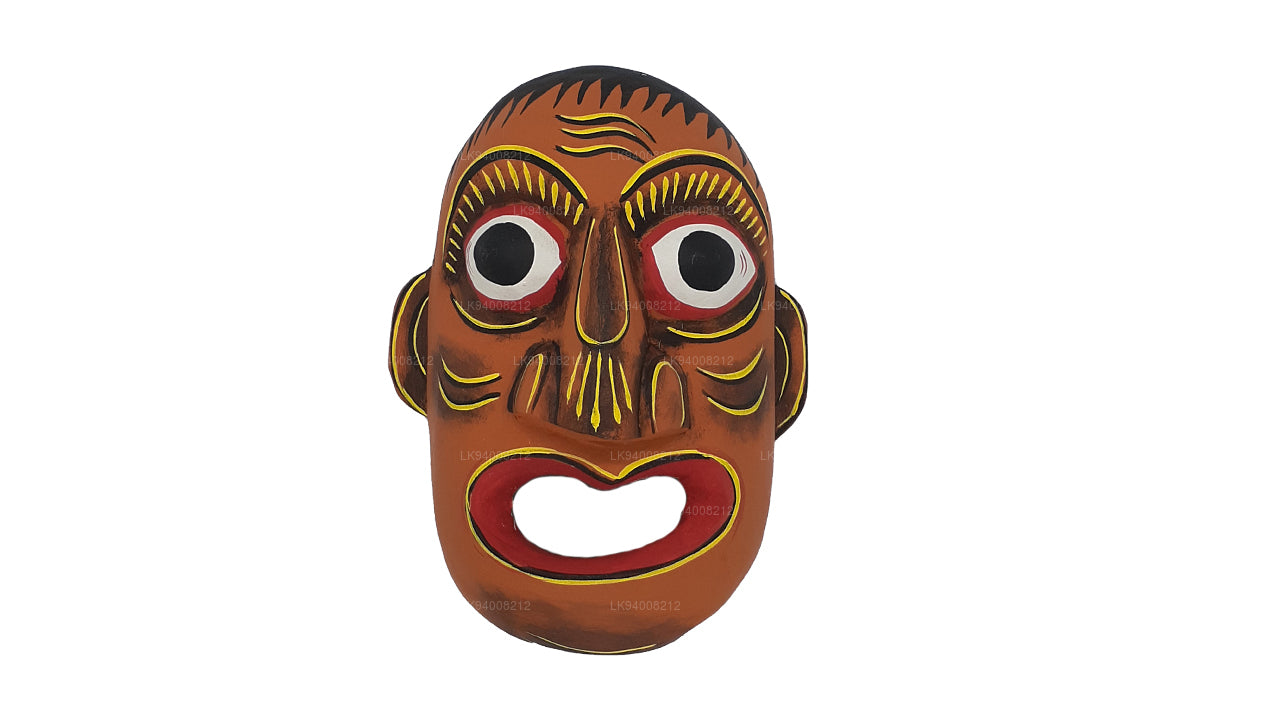 Golu Sanniya
Golu SanniyaCauses temporary dumbness.
-
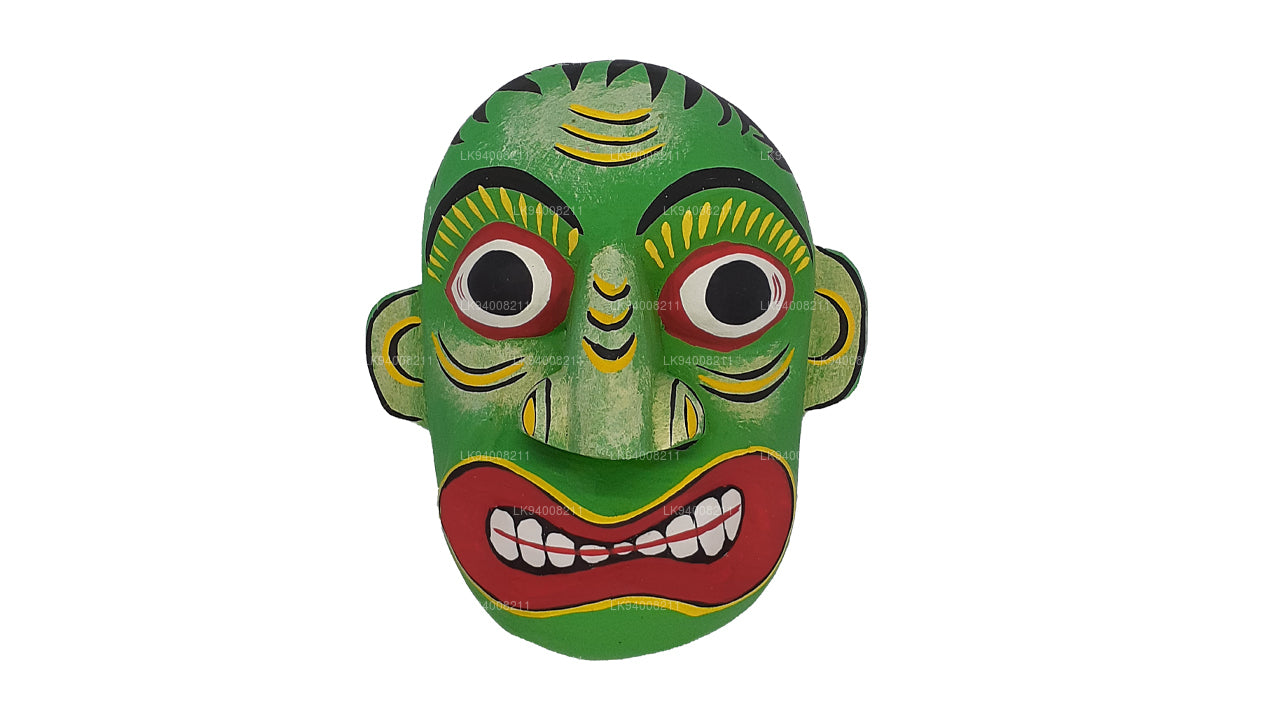 Butha Sanniya
Butha SanniyaCauses temporary madness.
-
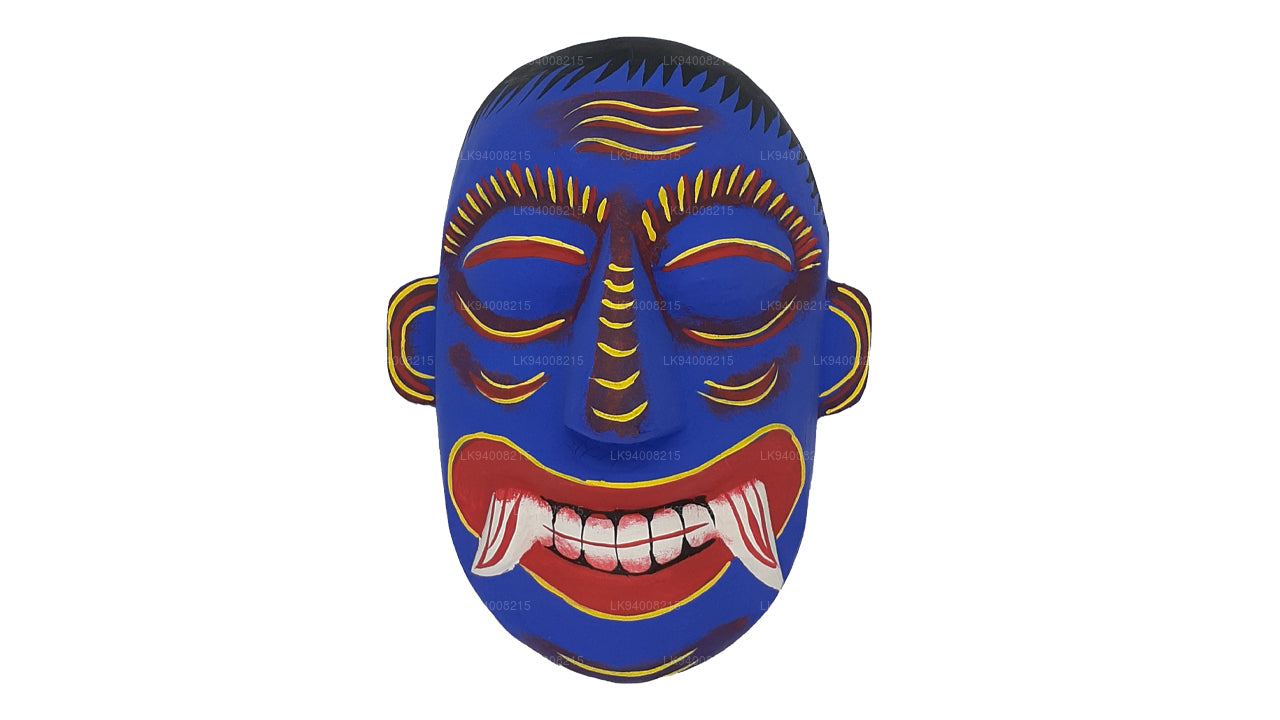 Kana Sanniya
Kana SanniyaCauses temporary blindness.
-
 Jala Sanniya
Jala SanniyaCauses unbearable cold and shivering.
-
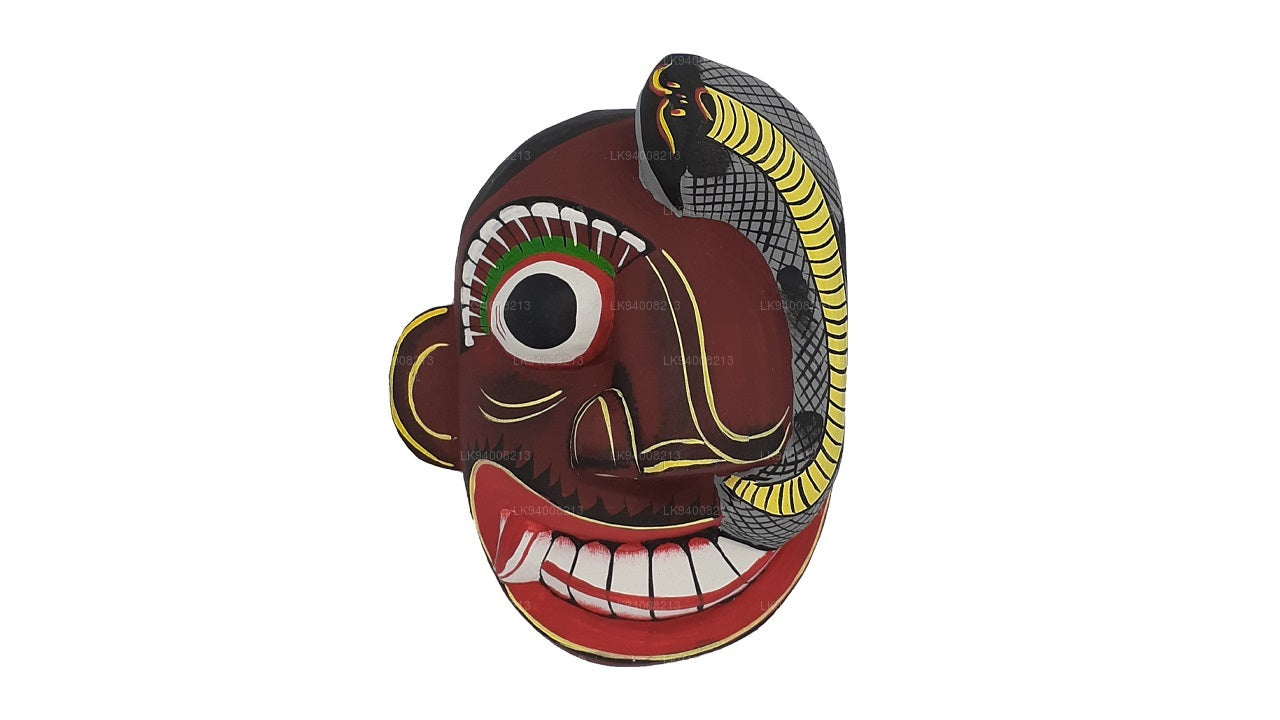 Bihiri Sanniya
Bihiri SanniyaCauses temporary deafness.
-
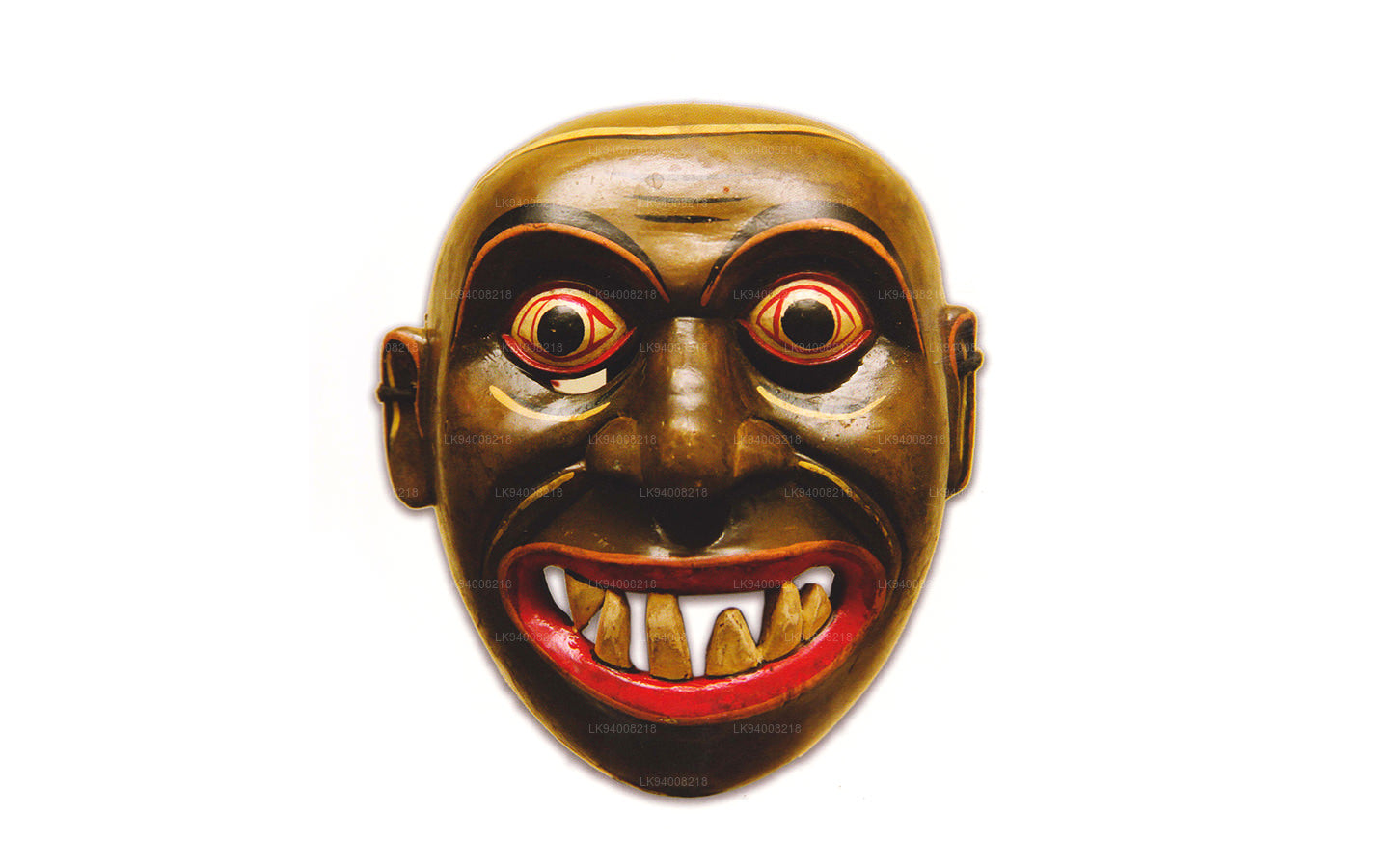 Vedi Sanniya
Vedi SanniyaCaused by disturbance of bile juice and phlegm.
-
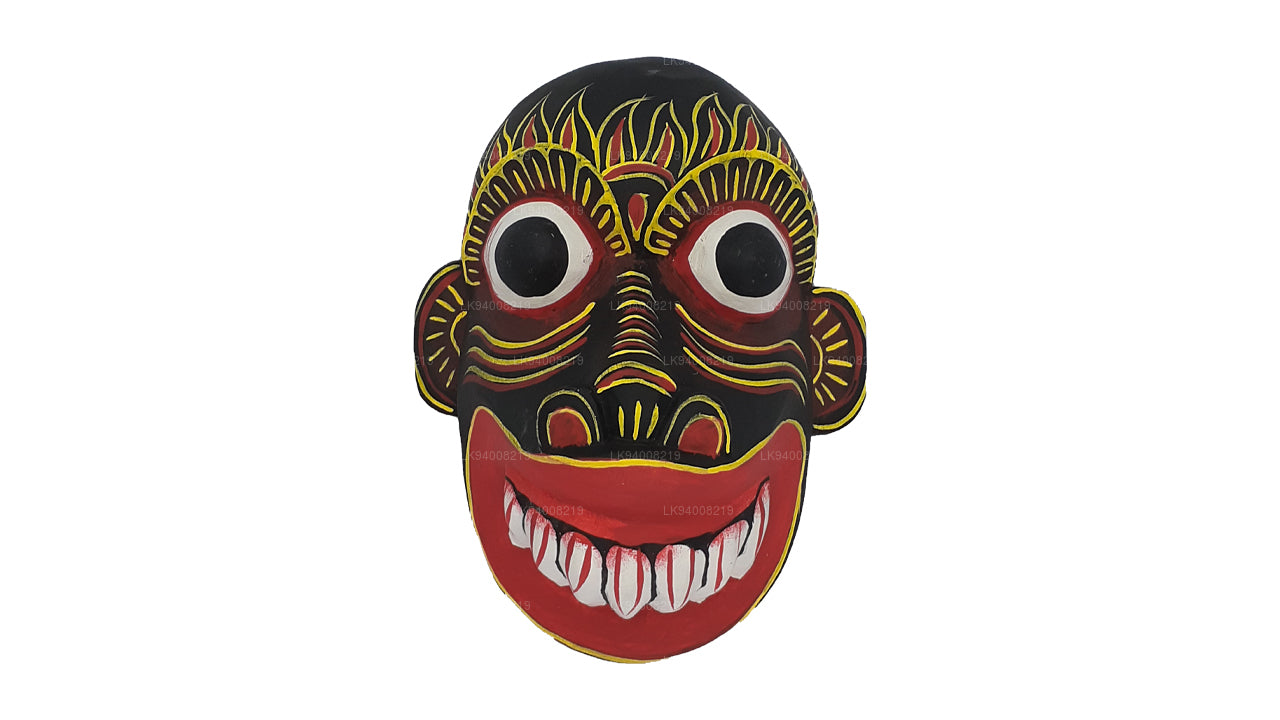 Maru Sanniya
Maru SanniyaHealing and blessing in which 18 kinds of maladies, inflicted by devils.
-
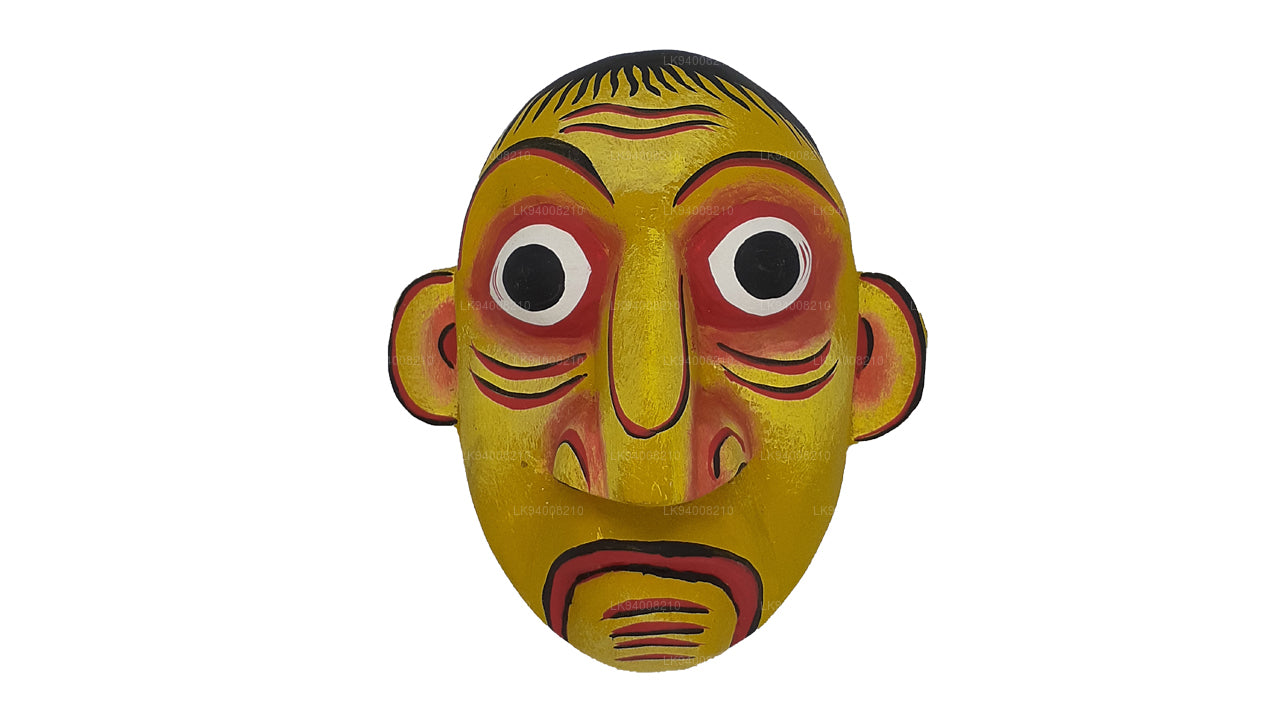 Gulma Sanniya
Gulma SanniyaCauses diarrhea, weakening of body, development of boils in the intestine


















